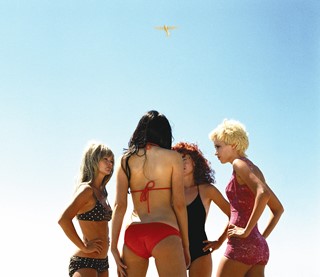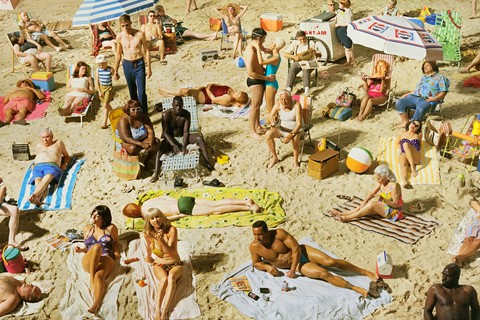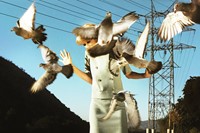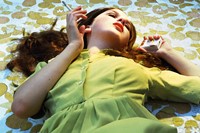California’s palm-lined streets, intense sunshine and abundant blue skies are embedded in our cultural consciousness. The city is the epitome of the American dream, imbued with cinematic characteristics and symbolising the promise of perfection. It attracts those seeking reinvention, or who simply desire to become something they are not – but buried just beneath this fantasy lies a potent sense of unease and existential dread.
This tension is the lifeblood of Alex Prager’s practice. Her large-scale film and photographic works utilise the tricks and tools of Hollywood to expertly portray the haunting side of the human psyche. “The city itself was built on artifice,” she tells AnOther. “It’s a strange alternative reality. There is perfection on the surface, but the underbelly is right there and if you dip your toe in just a little bit, it gets ugly, weird and strange. I’m constantly examining these hidden layers.”
Joan Didion once famously remarked on how we are formed by the landscape we grew up in – and never has its impact been more evident than in Prager’s oeuvre. Silver Lake Drive, the title of both her upcoming retrospective at the Photographers’ Gallery and corresponding first monograph, originates from a road five minutes from where she was born. She still lives nearby, and the area is the stage for the majority of her film and photographic work. “Everything about the city informs the approach, from the cultural history to the physical locations and unique light,” she explains. “The vintage props and costumes we rent from the movie studios, the people I find in the casting agencies, it’s all about this layering. I’ve grown up fascinated by this community and mash-up of elements.”
“Everything about the city informs the approach, from the cultural history to the physical locations and unique light. The vintage props and costumes we rent from the movie studios, the people I find in the casting agencies, it’s all about this layering” – Alex Prager
The exhibition marks a decade of her practice, presenting 40 photographs and her complete set of film work – a major milestone for the self-taught artist. Her interest in photography was born out of a visceral reaction she had to an exhibition by William Eggleston at the Getty Museum, she says: “It was such an overwhelming moment for me; I was struck blind by vision. Before that I had all this energy but I was using it all in going out, travelling, paying way too much for clothes and sushi. I knew there was something bigger out there for me. I always had this feeling that I could do something which could affect other people.”
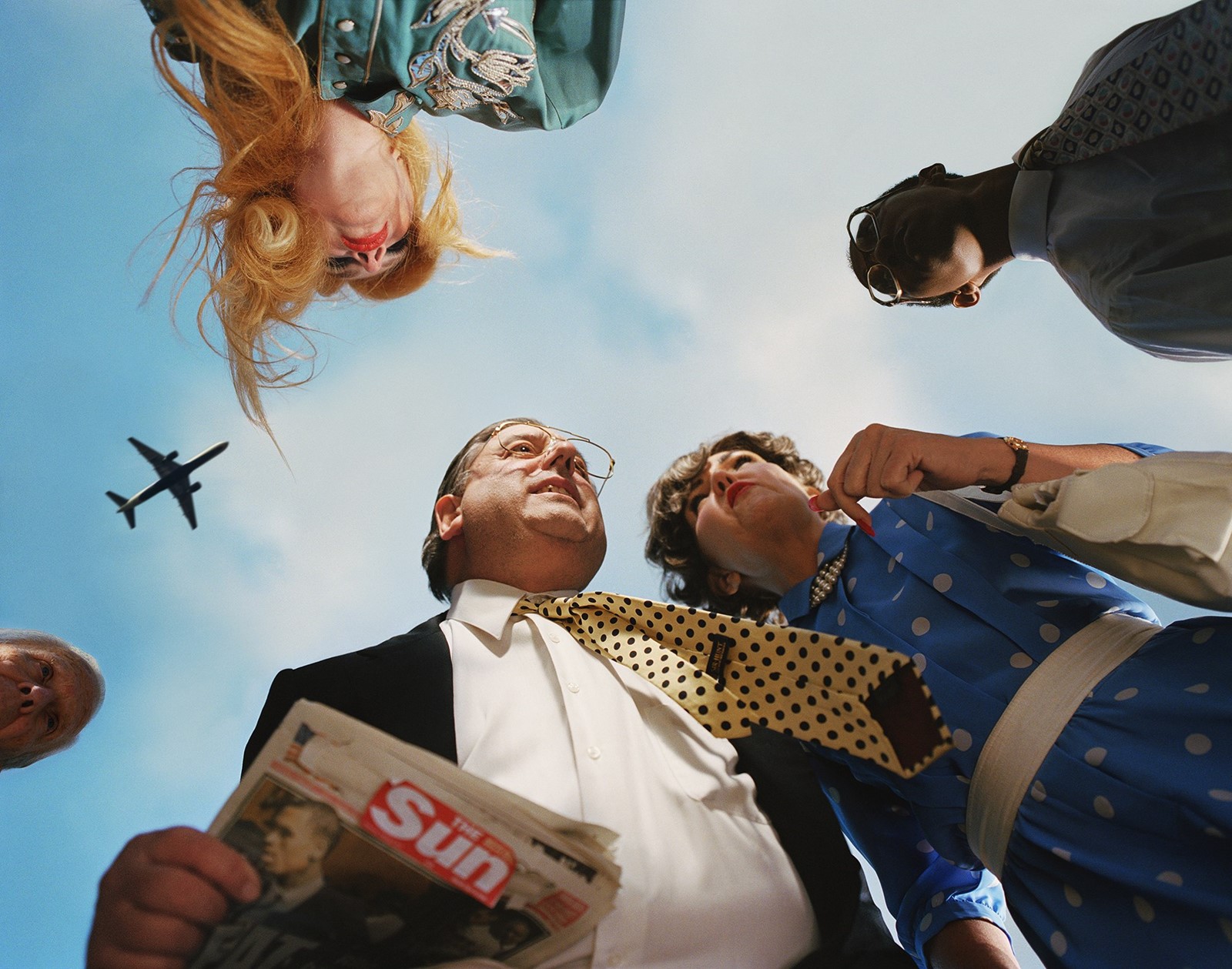
Within a week, she had committed to becoming a photographer, bought a camera and darkroom equipment from eBay, and started shooting. “It was an organic process. I learned the technical parts of photography that I needed to know for the next picture I wanted to make. I started out with lights from the hardware store and slowly upgraded. I was never that interested in the technical – my focus was always on storytelling.” She set up guerrilla exhibitions with friends in motels and hair salons, constantly striving to grow her audience. In 2010 she was included in MoMA’s annual New Photography show. “That show was the turning point of my entire career. Everything started happening much faster from there. At the same time I had the MoMA show, I also had my first fashion campaign out for Bottega Veneta. I always found it funny that so many people I knew were more excited about the fashion campaign in Vogue than the museum show.”
“I learned the technical parts of photography that I needed to know for the next picture I wanted to make. I started out with lights from the hardware store and slowly upgraded. I was never that interested in the technical – my focus was always on storytelling” – Alex Prager
Prager is perhaps best known for her 2013 film Face in the Crowd, which sees a blonde starlet, played by Elizabeth Banks, wander reluctantly through a swarm of strangers. The work deals with Prager’s existential phobia of crowds, which reached crisis point after her first major museum show. “I was suddenly asked to do public speaking, and I got a really overpowering physical stage fright,” she says. “It wasn’t the kind of stage fright where you get nerves or you shake, it was physically paralysing.” Through suspense-inducing scores, frantic eye movements and the protagonist’s respective senses of calm and hysteria, Prager examines the conflicting emotions of an introvert. The work hinges on the smartly judged contrast between composed exterior and the inner existential anxiety that often underpins the human experience.
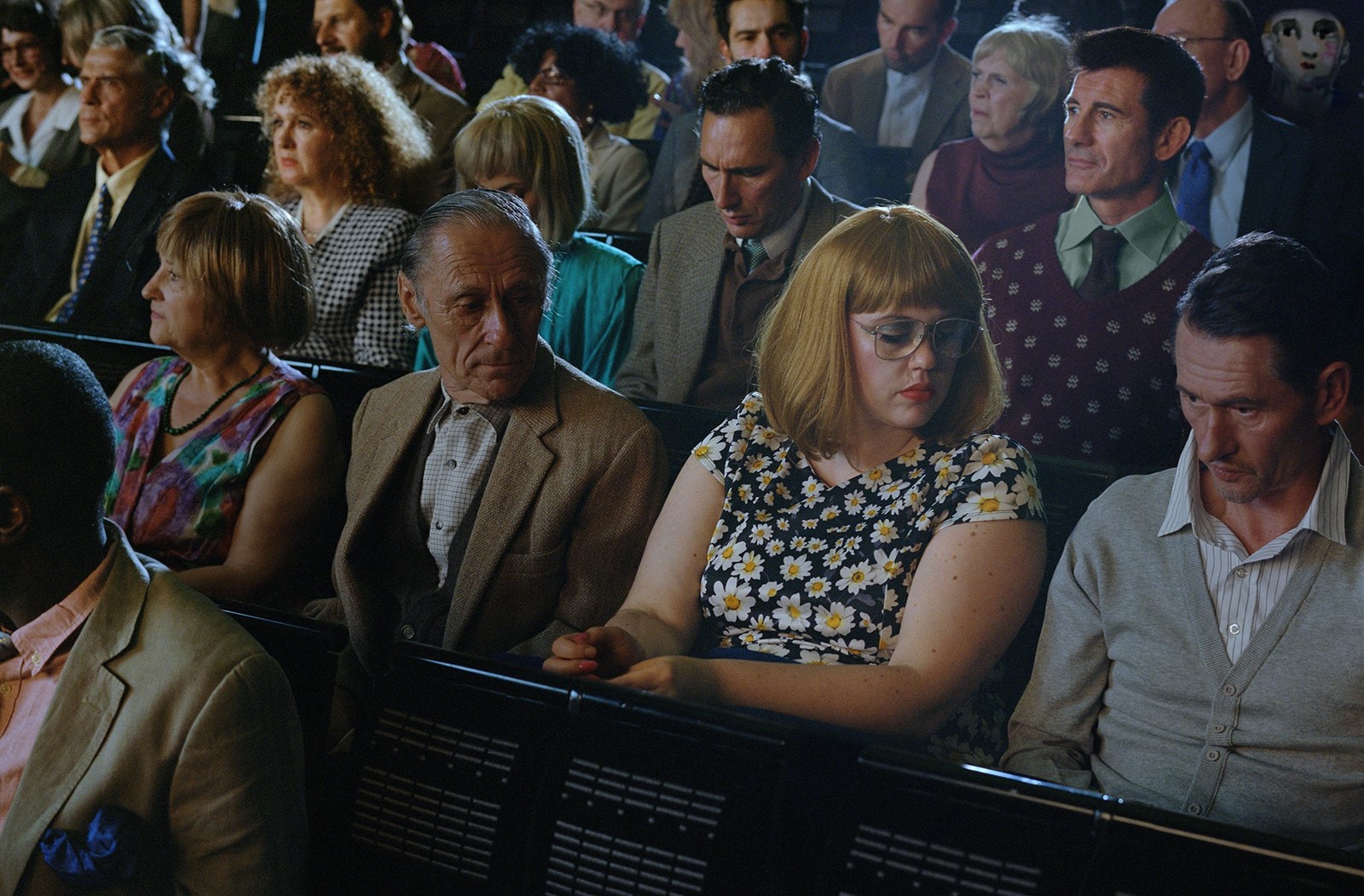
Prager masks these dark emotions with a seductive retro aesthetic referencing post-war photography in tandem with the work of cinematic icons like Hitchcock and Lynch. Her aim is to traverse time, blending elements from the 40s up to the present day. “I love the idea that nostalgia makes us feel safe and comfortable because we have seen it before. I love the concept of familiarity because it gives us this false sense of security. The past always seems nicer than the present, but who fucking knows what it was like back then. We just don’t know, but that past give us that feeling and I love disorientating people.”
“I love the concept of familiarity because it gives us this false sense of security. The past always seems nicer than the present, but who fucking knows what it was like back then” – Alex Prager
In her latest work, La Grande Sortie, she takes her distinctly American lens to the Paris Ballet. The prima ballerina, played by Émilie Cozette, takes the stage at the Opéra Bastille and begins to dance an adaptation of Benjamin Millepied’s piece Amoveo. At first, the performance resembles what Prager calls a “PBS-style” movie, “a weird glorified point of view”. Prior to making the film, this is how Prager had always experienced the ballet, she says. Suddenly the perspective switches into the dancer’s mind, and things start to quickly unravel; consumed by her own stage fright, the dancer becomes acutely aware of the audience, until their gaze almost consumes her. The intention behind the project was to explore the ballerina’s subjectivity, exploring the tension between what is real and perceived.
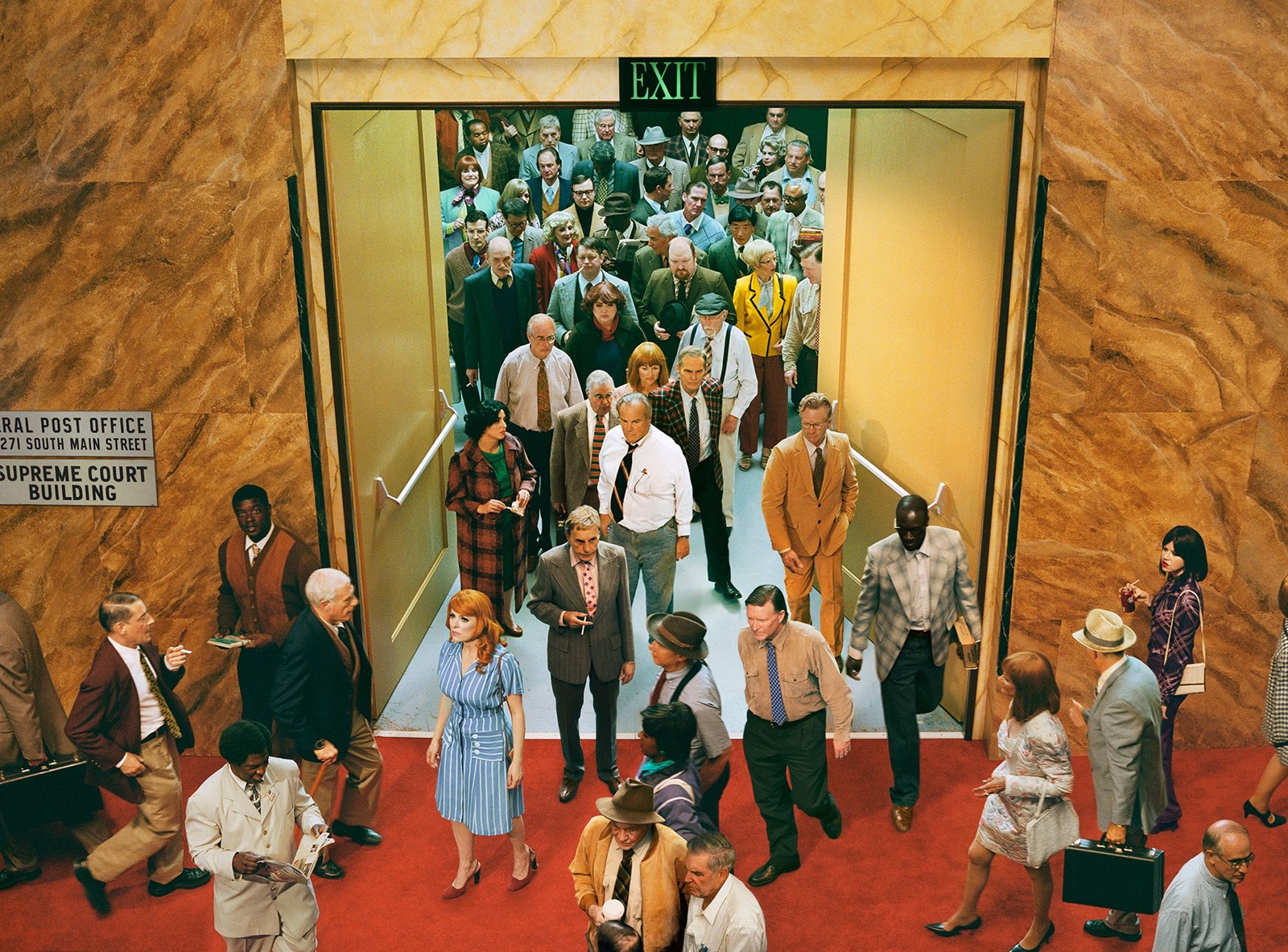
Prager’s vision isn’t easy to realise. She works with a large team of stylists, hair and make-up artists, cinematographers and sound designers. The projects are meticulously planned down to the specificity of every single wig and eyebrow. “I start off with rough sketches then sometimes I create collages or write stories,” she says. “I have meetings with my team, we will discuss it, and people can bring up anything they want. It’s a safe space, as we all know each other so well and it’s great to get input from other people. When I shot La Grande Sortie, we brought out my entire team and 13 bags of costumes props and wigs. We knew if we had tried to source everything in Paris it wouldn’t have been the right thing. I wanted Le Grande Sortie to have an American viewpoint of the Paris ballet.”
Over time Prager has developed a very personal way of utilising the tools of Hollywood to explore the interplay between truth and fiction. The lines blur in her meticulously crafted images challenging the audience’s implicit expectations. They are an open invitation to explore the genuine fear and emotions which permeate our lives on a daily basis. Prager is a true alchemist and once you step foot in her world, nothing is how it seems.
Silver Lake Drive opens on June 15, 2018, at the Photographers’ Gallery, London. The monograph of the same name is available and published by Thames & Hudson.
